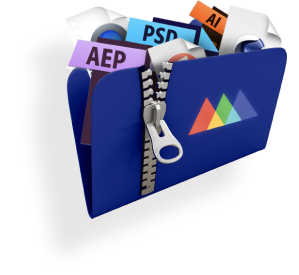
Blender 3D is a powerful and versatile software for 3D modeling, animation, and rendering. (Oh and did you know that is is free??)
However, it has a reputation for being challenging for beginners to learn due to its steep learning curve and complex interface. In this article, we will explore the difficulty of learning Blender 3D and what resources are available to help people get started.
First, it's important to understand that learning 3D in general is difficult and this is true whether you're learning Blender, Maya, or Cinema 4D.
Cinema 4D in particular is known for being easy for beginners to pick up due to its beginner-friendly UI, while Blenders interface can be confusing. This used to be true, but a few years ago the interface was remade to be user friendly and has become increasingly user friendly.
But talking about UI is boring, so let's talk about Blender's many features and tools. Grease Pencil is one of the big reasons artists flock to Blender. If you're unfamiliar, Grease Pencil is a particular type of Blender object that allows you to draw in 3D space. It can be used to make traditional 2D animation, cel animation, motion graphics or as a storyboard tool among other things.
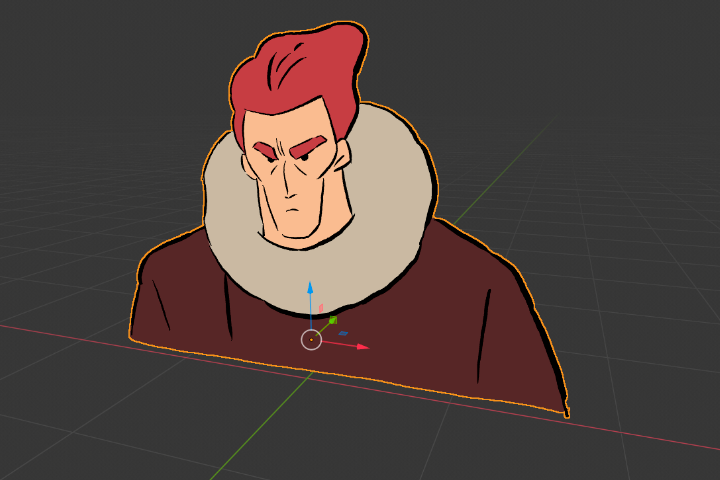
Geometry Nodes is another powerful feature inside of Blender. It's basically Houdini for beginners. Both Houdini and Geometry Nodes are nodal based systems that allow you to achieve complex results whether it be particle simulations or complex modeling functions.
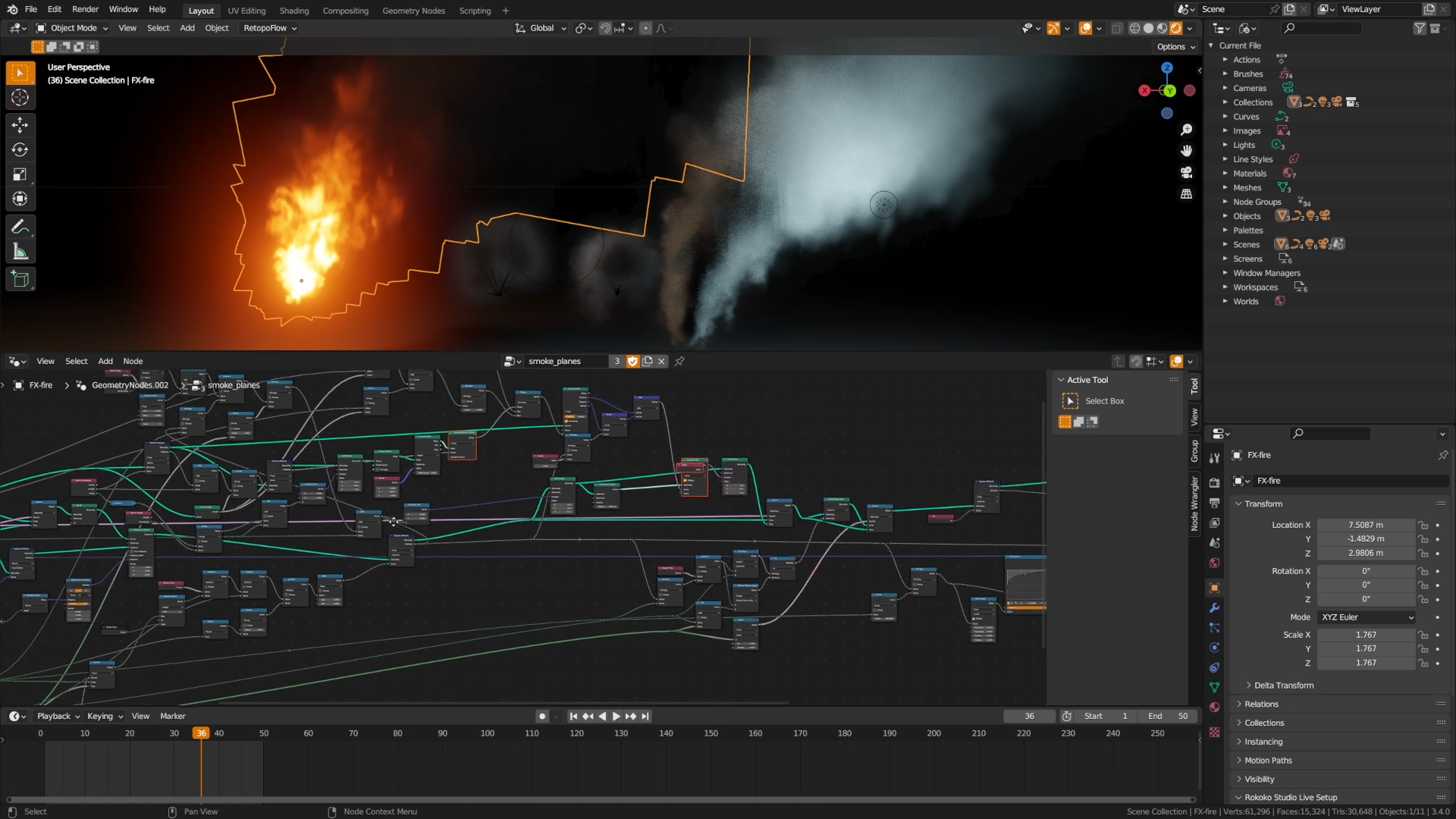
Blender has both a real time game engine renderer, Eevee, as well as Cycles. Cycles is Blender's physically-based path tracer that runs on both CPU or GPU for production rendering. It is designed to provide physically based results out-of-the-box, with artistic control and flexible shading nodes for production needs. With Eevee and Cycles, you have some industry standard renders built into Blender while other modern 3D applications may have very outdated built in renderers.
As far as sculpting tools goes, Blender has a full featured sculpting toolset that gives you a good amount of the functionality of ZBrush right inside your 3D software. Along with powerful VFX tools that include motion tracking capabilities and a built-in compositor (so no need to export passes out to After Effects), not to mention a video editor, Blender brings a lot to the table when it comes to keeping your workflow entirely within Blender itself.
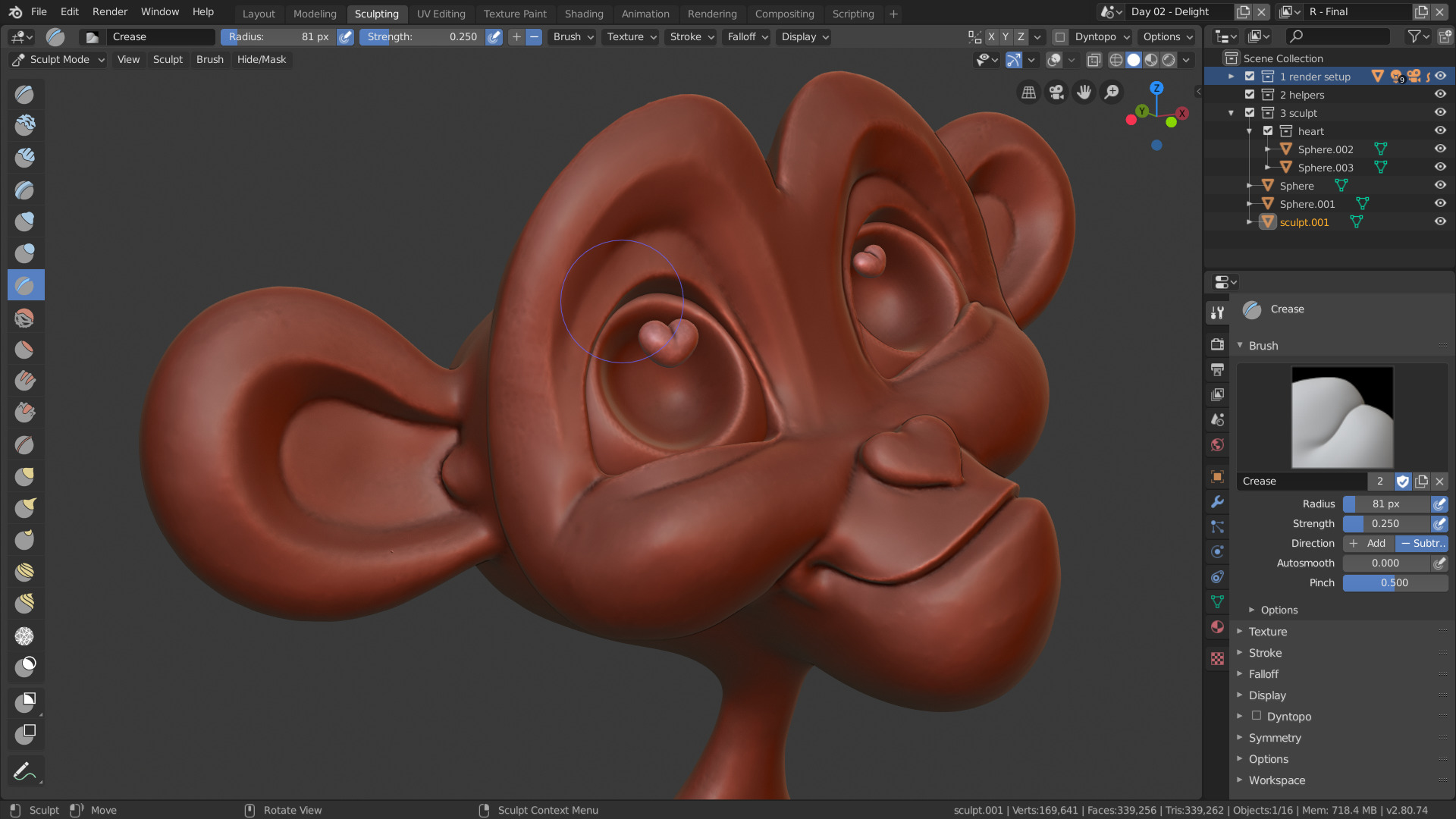
So, is Blender 3D hard to learn? It depends on your background and experience. If you have no prior experience with 3D modeling or animation, it will likely take some time to learn the basics. However, if you have experience with other 3D software or have a background in computer graphics, the learning curve may not be as steep.
The good news is that there are many resources available to help people learn Blender 3D. The Blender website offers a variety of tutorials, ranging from basic modeling to advanced animation techniques. Additionally, there are many online communities and forums where you can ask questions and get help from more experienced users.
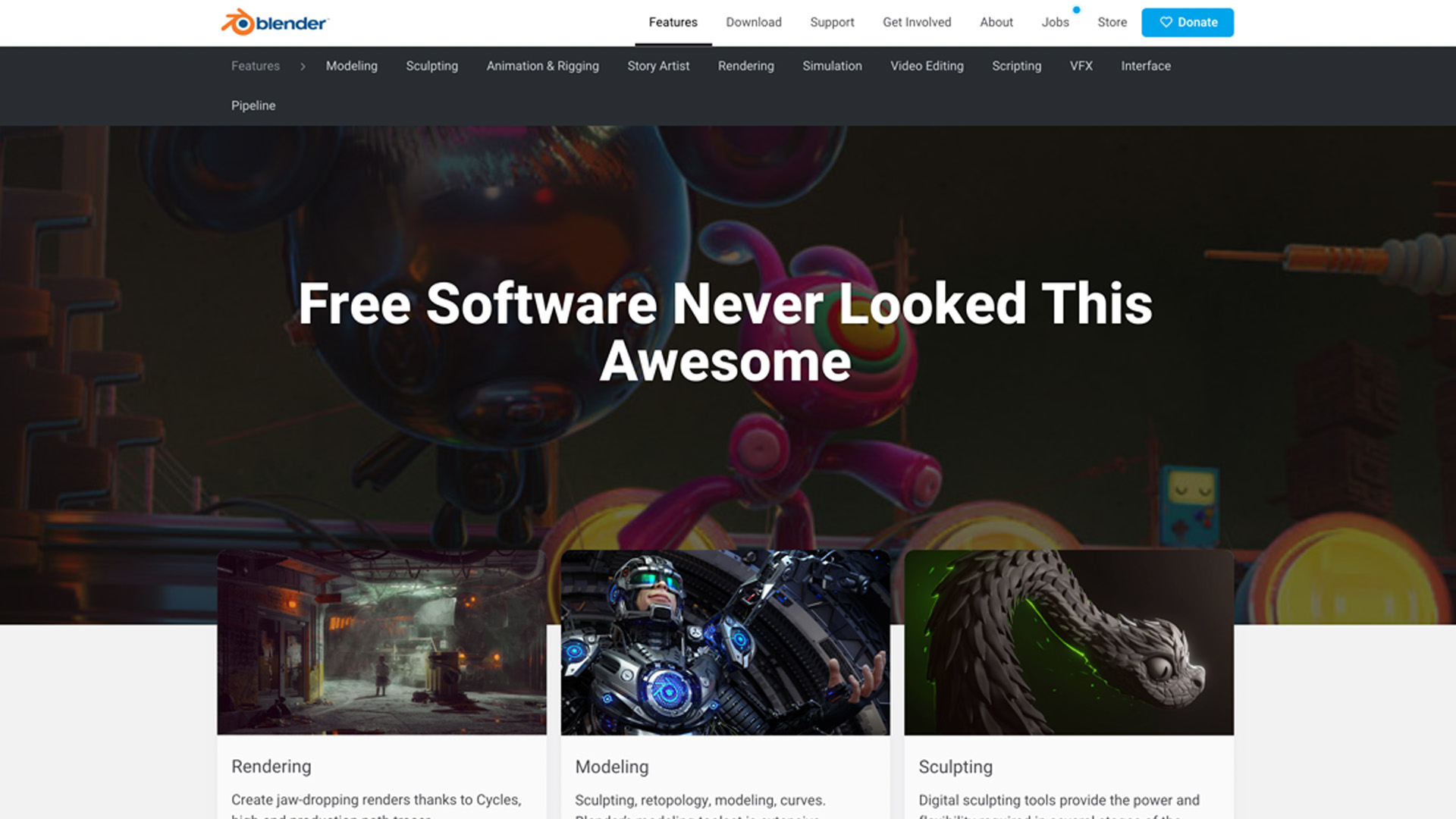
In conclusion, Blender 3D is a powerful and versatile software for 3D modeling, animation, and rendering. However, it can be challenging for beginners to learn due to its steep learning curve and complex interface. But with time and practice, it can be mastered. With many resources available online and offline, it's easier to learn Blender 3D. Additionally, with patience and persistence, anyone can learn to create professional-grade 3D content using Blender 3D.












